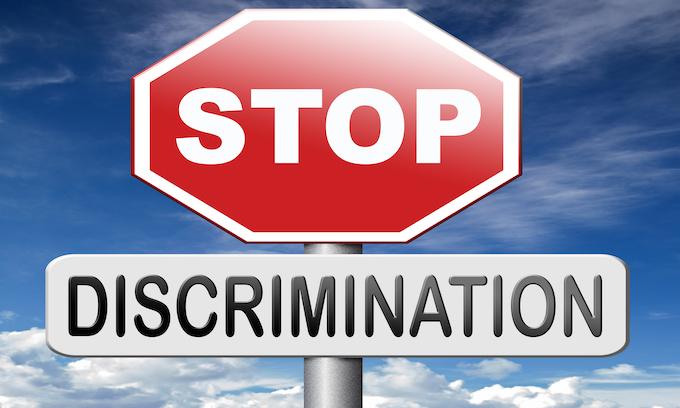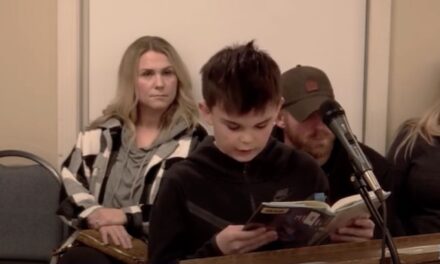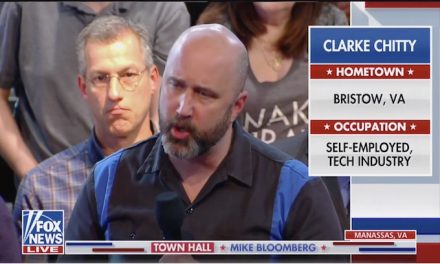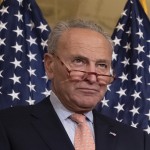Prominent Black leaders in Sacramento are criticizing the county’s vaccine rollout effort, and demanding local health officials do more to improve access for Black residents.
In a letter sent Wednesday to county public health officials and elected leaders, the community advocates point out that Black residents have disproportionately borne the brunt of COVID-19, but have also received a low level of information about and access to vaccines thus far.
“It is clear that the first phase of the vaccine distribution effort has not been equitably distributed,” the letter stated. “This has to change, and we must act now.”
The group calls on the county to create an African American COVID-19 vaccine advisory committee, to open multiple vaccination distribution sites in areas where target residents can access them (with particular attention on access for homeless residents), and to provide oversight over how well healthcare systems and pharmacies are reaching out to Black residents, among other requests.
Among the signers are Sierra Health Foundation president and CEO Chet P. Hewitt, Greater Sacramento NAACP president Betty Williams, Rev. Dr. Joy Johnson of Sacramento Area Congregations Together and Sacramento Observer president and publisher Larry Lee.
Residents and health advocates have roundly complained that Sacramento’s current vaccine distribution network is not only difficult to navigate, but may be actively harming future inoculation efforts. Hospital are emailing and calling patients, seemingly at random, and appointments at pharmacies are never available. People hear about pop-up clinics — even ones in underserved neighborhoods — only after they’ve finished.
Faye Wilson Kennedy, one of the letter signers, is among the many who struggled to find a vaccine for weeks, even though she qualified. A member of both the Sacramento Poor People’s Campaign and the Sacramento Area Black Caucus, Kennedy said it was impossible to get an appointment with her regular healthcare provider Kaiser Permanente.
After lots of digging online and on social media, Kennedy and her husband were ultimately able to secure vaccines at a pop-up clinic on Saturday at Sacramento City College, in partnership with Dignity Health. But the makeup of patients she saw personally were concerning.
“The only Black folks I saw were workers,” she said. “When my husband and I looked around, we saw very few people of color.”
The letter demands the county publish and maintain a comprehensive, up-to-date listing of all vaccination sites, including dates, times and who is eligible.
Inequities in health access that existed long before the pandemic have been magnified in the last year. Black, Latino, American Indian or Alaska Native residents in the United States are dying from COVID-19 at roughly twice the rate of white residents, according to a Centers for Disease Control and Prevention estimate published Thursday. In Sacramento, Latino households have made up a disproportionate number of cases, and Native Hawaiian and Pacific Islanders have seen the highest case fatality rate of any racial group.
“Common sense would tell you if the majority of the people who are at-risk of contracting the virus and dying are Black and brown and Indigenous and Asian folks, if they’re the predominant group with underlying health conditions, you’d think they’d need access (to the vaccine) to survive,” Kennedy said. “It seems that is not necessarily being practiced.”
So far, Black and Latino residents are receiving far fewer doses than white residents in Sacramento County, according to new data released by state officials last week.
Health officials have warned that the data is incomplete, and chalk up disparities thus far to the racial demographics of the people linked to industries thus far prioritized for vaccines — healthcare workers, first responders, residents at longterm care facilities. Health advocates have said that alone isn’t sufficient to explain the gaps.
Of the more than 225,000 people who have received at least one dose in Sacramento County and whose race was recorded, about 37% were white, 12% were Asian, 12% were multiracial, 8% were Latino and 4% were Black. About twice as many white residents received a shot in Sacramento County as any other racial group.
“Local government has always been resistant to addressing the needs of poor people and people of color,” Kennedy said, but she hopes the letter will serve as an wake-up call.
She noted that previous calls-to-action have been effective. Last April, when there was a severe lack of testing in low-income neighborhoods and communities of color, Black community leaders sent a similar letter to the public health department and elected officials. Soon after, several community-based testing sites opened, like at St. Paul’s Missionary Baptist Church in Oak Park.
“We want those policymakers and elected officials to begin to provide the information and collect the data so we know if the vaccine is really reaching those populations that are really impacted,” Kennedy said. “Without that, you’re going to see the deaths increase. It’s just not going to get any better, it’s just not.”
___
(c)2021 The Sacramento Bee (Sacramento, Calif.)
Visit The Sacramento Bee (Sacramento, Calif.) at www.sacbee.com
Distributed by Tribune Content Agency, LLC.
—-
This content is published through a licensing agreement with Acquire Media using its NewsEdge technology.



















I am shocked they’re not demanding ONLY THEY GET vaccinated..
Just kill all of the white people in front of you in line. That’s what you want to do anyway. Right?